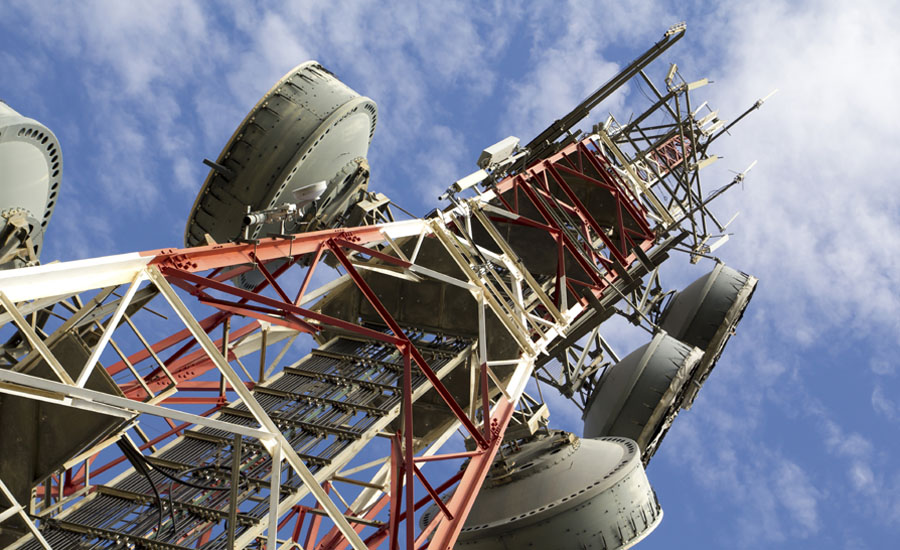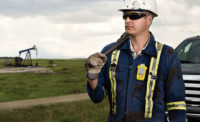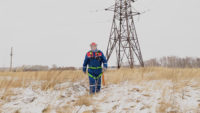One of the most common methods for ensuring worker safety is to promote watchfulness among employees. Workers are often trained to look out for their colleagues, from recognizing signs of health problems, such as hypothermia, to alerting each other to dangerous conditions such as slippery walkways.
But this training isn't effective for lone workers -- employees whose jobs require them to work in isolation from other workers and without supervision. These workers face additional safety hazards as, in addition to the risks present for all workers on a job site, lone workers cannot call out for help to a fellow worker in the event of an emergency.
The Washington State Department of Labor and Industries is one of a several state agencies that have released guidelines for lone worker safety. Many of these procedures boil down to communication – training workers to recognize hazards and providing ways to contact supervisors for assistance.
Workers should be trained to understand risks inherent in the job and know when and how to contact others in an emergency. Supervisors should regularly check in with any employees who are working in isolation through both periodic visits and communication devices, such as radio or telephone. Employers should create systems to account for all workers and confirm the worker has returned to the home base once his or her task is completed.
In addition to periodic check-ins and a means for employees to contact supervisors, either via phone or radio, an employee may also be outfitted with a warning device or alarm. This may include panic alarms or other distress signal the employee can activate from the work site. Employers may also choose to utilize an automatic alarm that goes off under certain conditions, such as when it detects a lack of movement or exposure to hazardous substances. Automatic alarms can be especially helpful for reducing safety risk in the event a lone worker has fallen unconscious or is unable to speak.
Source: Total Safety www.totalsafety.com



